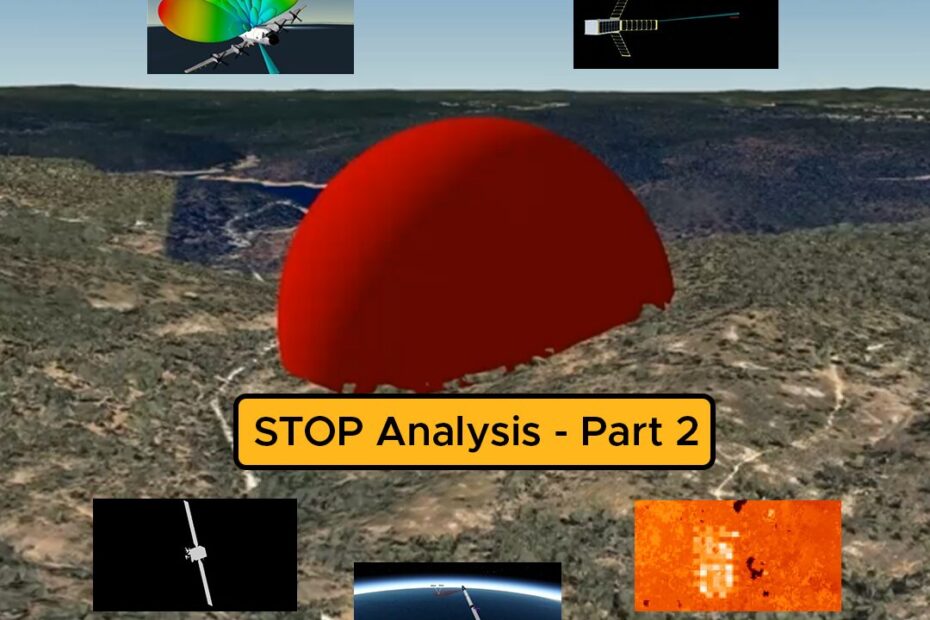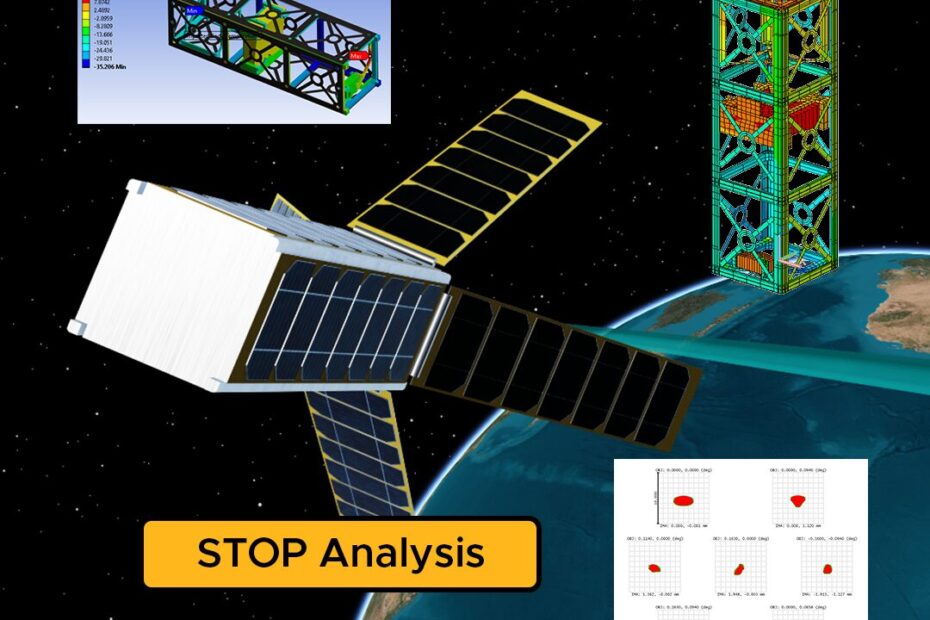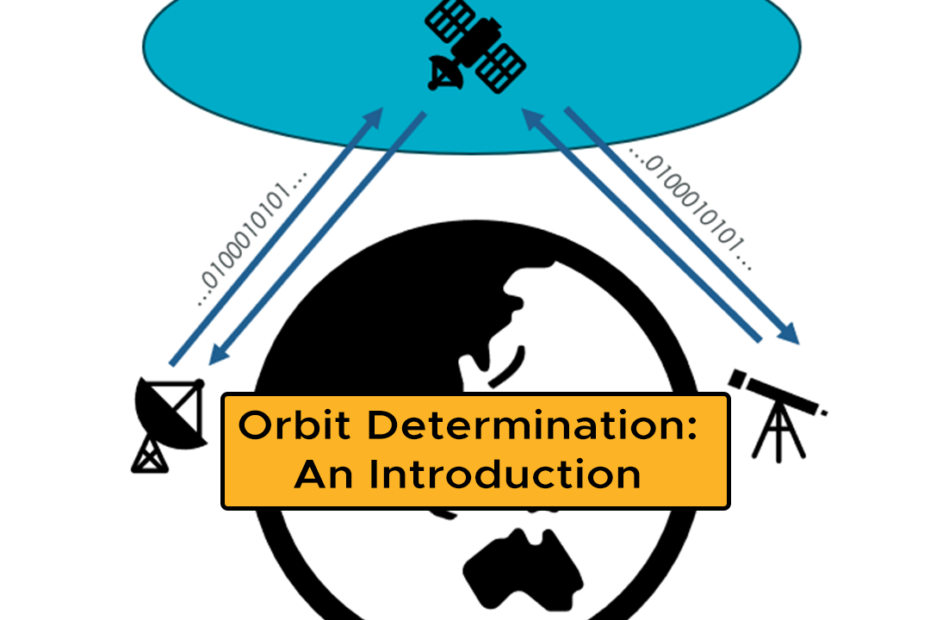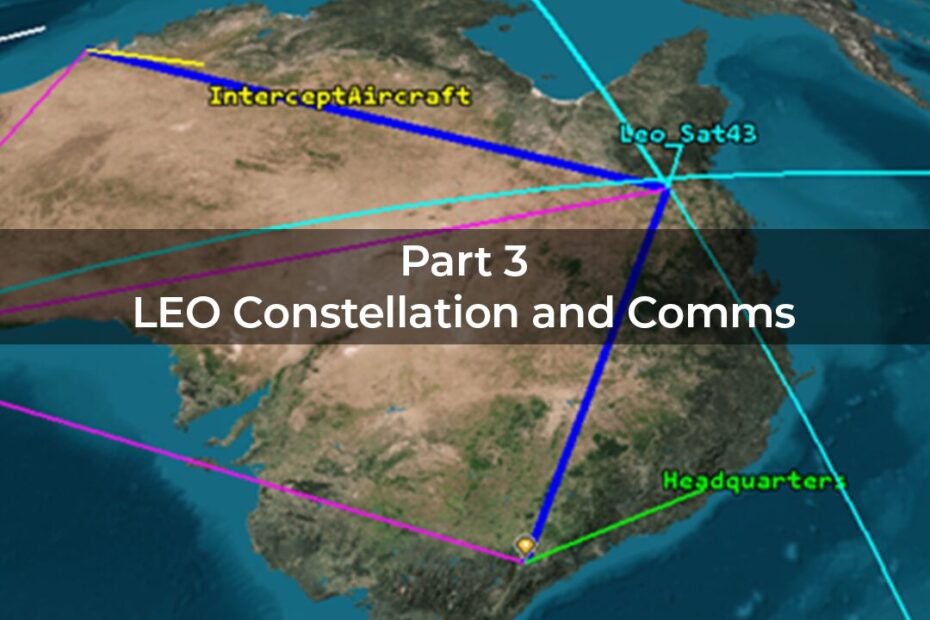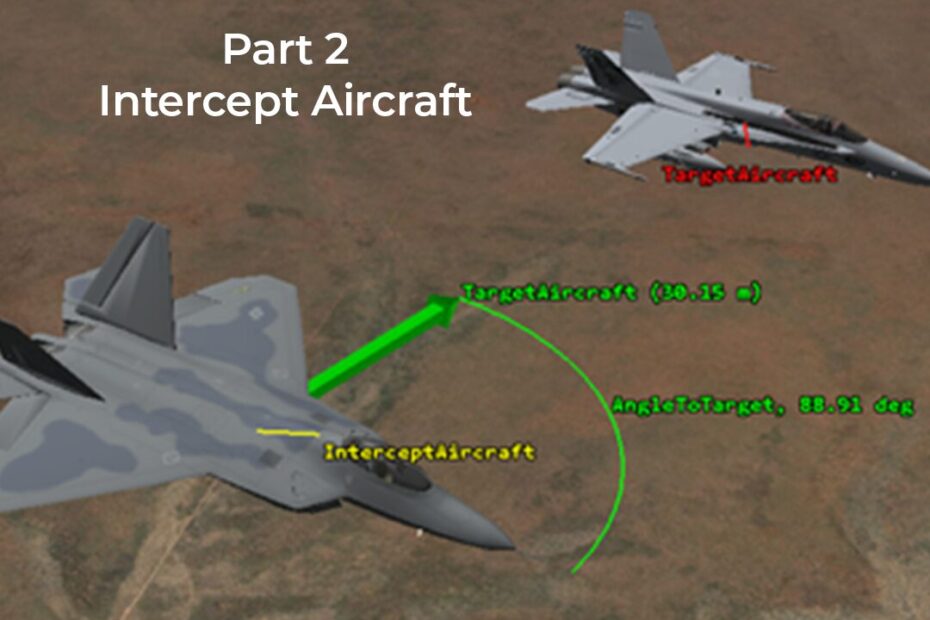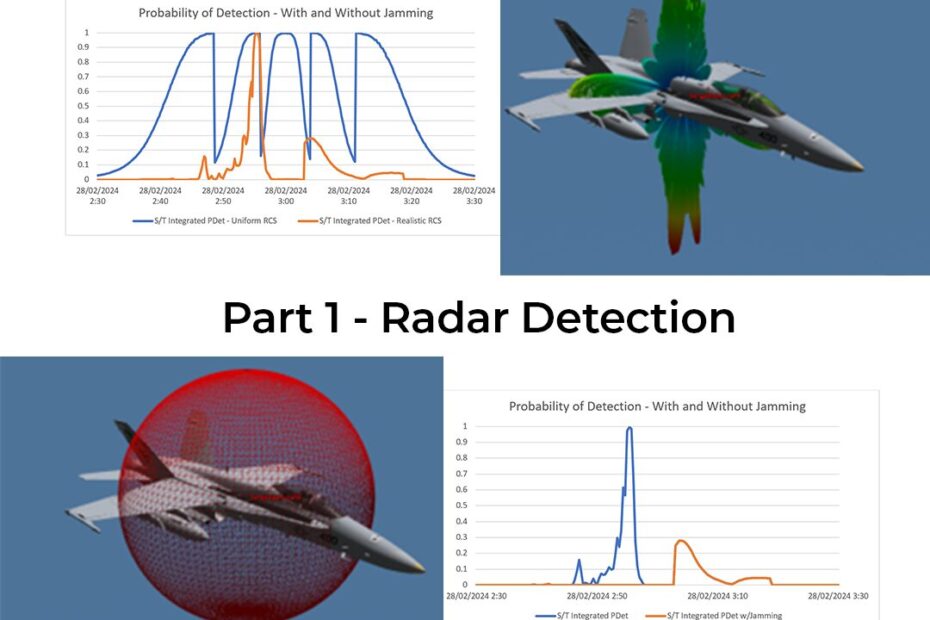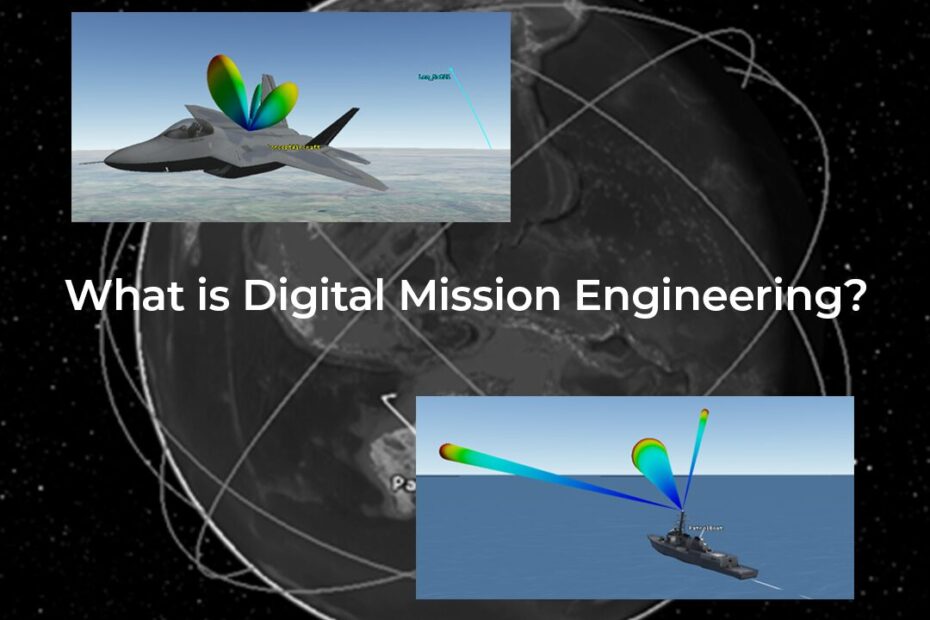STOP Analysis Part 2: Exploring the unknown
The scenario in our previous article on STOP Analysis utilised existing ground texture maps, produced by real-world satellites as the only imaging target. In this instalment, we’ll expand on this simulation, adding new hypothetical elements to the scene with the goal of assessing the ability of the payload to reliably detect these new elements.

